Talk Overview
Harrison begins his talk by asking why most non-enveloped viruses and some enveloped viruses are symmetrical in shape. He proceeds to show us lovely images of virus structures obtained by x-ray crystallography of numerous viral coat proteins. Deciphering these structures allowed scientists to understand that viral coat proteins form multimers, such as dimers and pentamers, which in turn interact with a scaffold that ensures that the coat proteins are correctly placed. This arrangement results in symmetrically shaped viruses.
In Part 1, Harrison also explains that enveloped viruses infect cells by inducing the fusion of the viral and host cell membranes. He delves deeper into the molecular mechanism of membrane fusion driven by the hemagglutinin or HA protein of the influenza virus in Part 2 of his talk. Non-enveloped viruses, on the other hand, must enter cells by a mechanism other than membrane fusion. This is the focus of Part 3. Using rotavirus as a model, Harrison and his colleagues have used a combination of Xray crystallography and electron cryomicroscopy to decipher how the spike protein on the viral surface changes its conformation and perforates the cell membrane allowing the virus to enter the cell.
Speaker Bio
Stephen Harrison
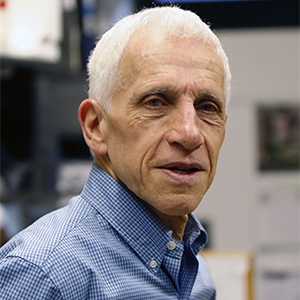
Stephen Harrison received his A.B. and Ph.D. from Harvard University. He became interested in molecular structures and began his studies using X-ray crystallography as a graduate student. After receiving his Ph.D., he remained at Harvard and continued his work to improve the resolution of the tomato bushy stunt virus structure. In 1977, after 7 years… Continue Reading
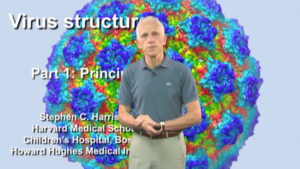
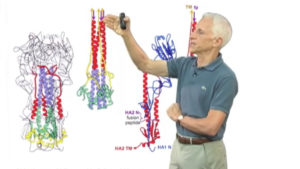
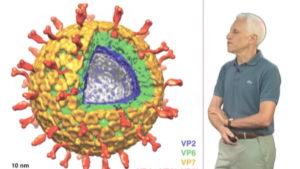
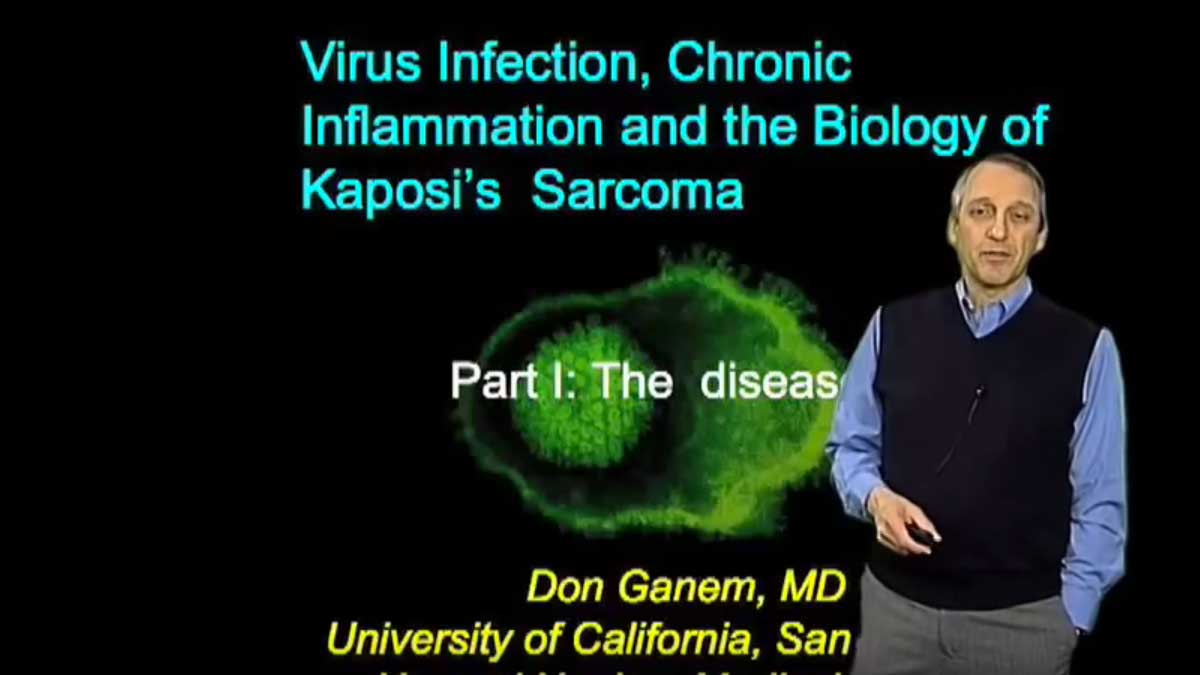

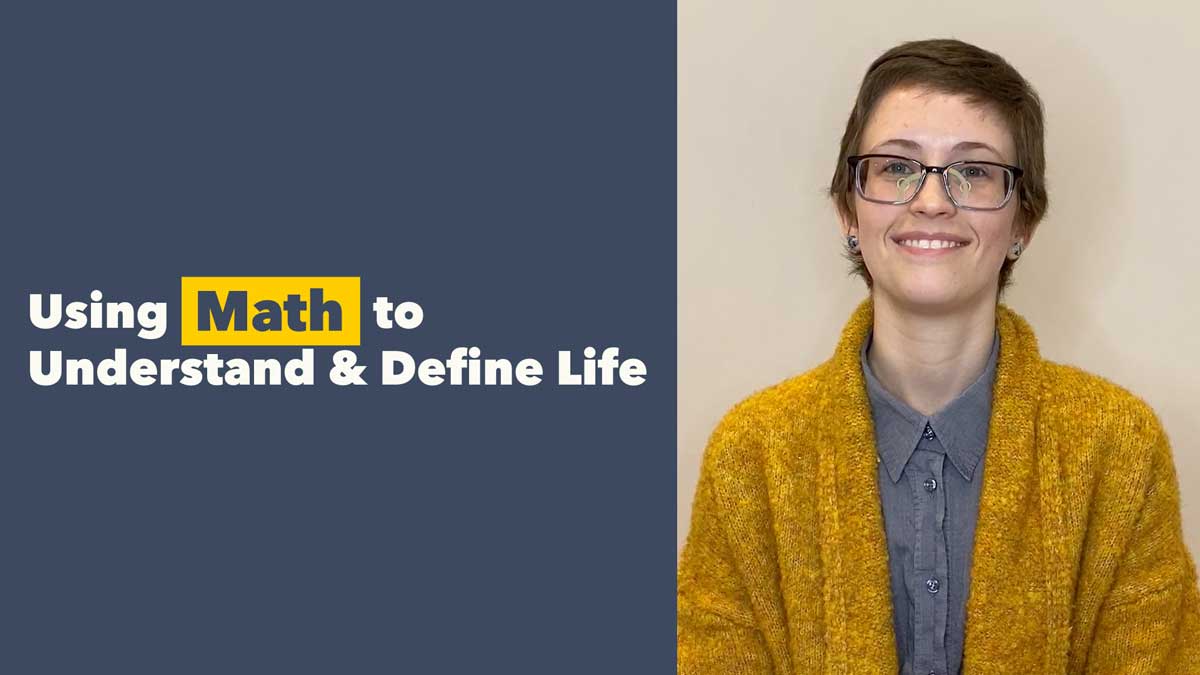
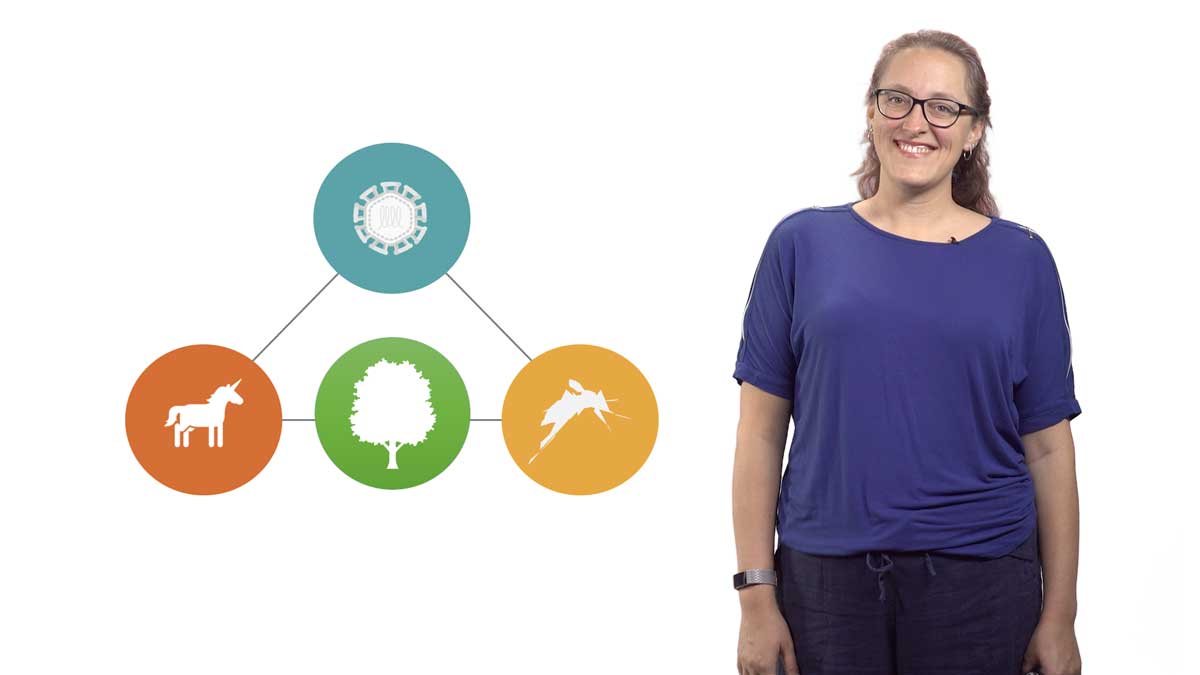





Sourav says
Is virus living?